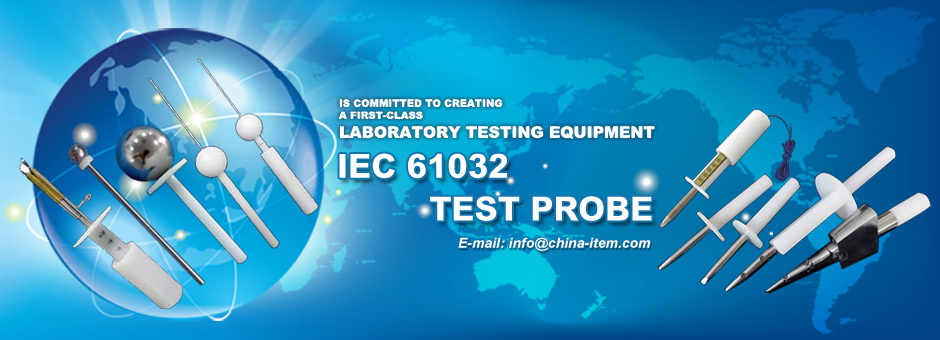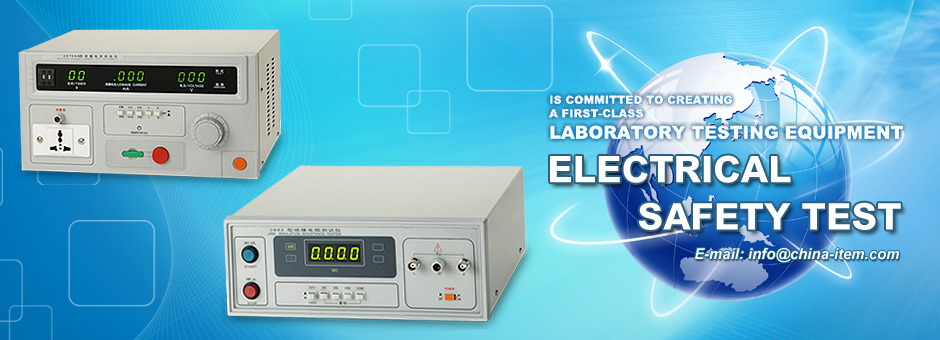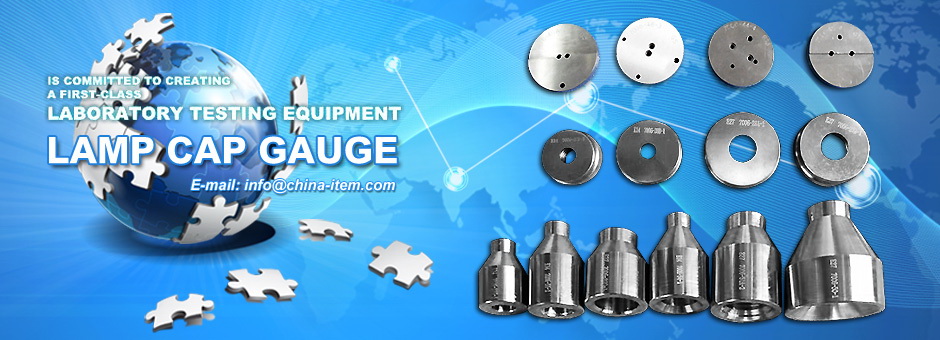contact us
products
- Main Products
- IEC Test Probe
- UL Test Probe
- Material Flammability Tester
- IP Code Tester
- Impact Test Apparatus
- Security Testing Machine
- Lamp Cap Gauge Tester
- Lampholders Gauge Tester
- Plug & Socket Tester
- Electrical Safety Tester
- LED Test Instruments
- Environmental Test Equipment
- Instrument Accessories
- Weighing Sensor
- Others Testing Equipment
technical articles
Company News
The load cell itself is a transducer that is used to convert force into an electrical signal. Within the load cell structure is an area, or group of areas, which are designed to be stressed when a load/force is applied, normally in a linear fashion. Strain gauges manufactured from metal foil are bonded to these areas to sense the strain in the load cell structure under the applied load or pressure, and then provide a electrical output signal proportional to the strain when excited by a regulated voltage or current source. This signal is usually only a few millivolts and usually requires amplificationbefore it can be read.

Do Load Cells use proven sensor technology?
Most load cells utilise strain gauge technology as it is very well established hand has been a proven technology for more than 40 years.
There seems to be so many types - I'm confused!
There are indeed many different types of load cells available from different manufacturers. This is necessary to meet the demands of the many applications that there are for load cells.
Luckily manufacturers and industry have kept nomenclature easy and the names of the load cells do correspond to the forces they measure. However, there are different types of load cell within each category, usually based on their manufacture and we have given you examples of these in the overview of each type of load cell. Alternative names are often based on the ‘shape’ of the load cell eg. S-beam, beam load cell and column load cell.
-
COMPRESSION LOAD CELLS
A compression load cell is designed for the measurement of compression or ‘pushing’ forces only. They are ideal for general weighing applications, particularly silo and vessel weighing and are often incorporated into both simple and complex centre of gravity systems.
Products that fall under this category are also known as; compressive load cell, column load cell, bending ring load cell, torsion ring load cell, pancake load cell, low profile load cell, annular load cell, donut load cell, through hole load cell, force washer load cell, S beam load cell and Z beam load cell. Examples of compression load cells are images 1, 3, 6, 7 and 10.
-
TENSION LOAD CELLS
A tension load cell is designed to measure tensile or ‘pulling’ loads. A typical use of a tension load cell is for hanging scales and they are also popular for vessel weighing. In the laboratory, they are standard for general force measurement applications.Products that fall under this category are also known as; tensile load cells, S beam load cell, Z beam load cell, tension link, load link, toggle load cell. Examples of tension load cells can be seen in images 3, 5, 7, 9 and 11.
-
TENSION & COMPRESSION LOAD CELLS
As the name implies, these load cells are a combination of the two categories above, and they are able to measure both compression forces and tensile loads. Typical applications include component testing and weighing systems. These load cells come in all shapes and sizes and latest development include small, yet accurate load cells that can be used where space is restricted.Products that fall under this category are also known as universal load cells S beams, Z beams and load links. Images 3, 7 and 9 are examples of tension and compression load cells.
-
BEAM LOAD CELLS
Bending beam or shear beam load cells are probably the most commonly used load cells as they are extremely versatile and can be used in a wide variety of applications. They are particularly suited for incorporation into weighing instrumentation such as scales, dynamometers and tensile testing machines.Products that fall under this category are also known as; shear beam load cells, bending beam load cells, force beam load cells, single point load cells, cantilever beam load cells, dual cantilever load cells and isometric force beams. Images 8 and 11 are examples of beam load cells.
-
LOAD MEASURING SHACKLES
A shackle is a U-shaped piece of metal with a clevis or bolt across the opening. They are commonly used within rigging systems from the maritime industry to industrial cranes to the entertainment industry where shackles are used for lighting or scenery systems. With Load Measuring Shackles, a load pin is incorporated into the shackle design so the load can be monitored. They are often available in both wired and non-wired (wireless) versions. Image 4 is an example of a load shackle. -
LOAD MEASURING PINS
Load measuring pins are designed for many diverse applications as direct replacements for clevis or pivot pins. They have many advantages over other load sensors in that they do not normally require any change to the mechanical structure being monitored. They are typically used in rope, chain and brake anchors, sheaves, shackles, bearing blocks and pivots. You can find more information on CX Systems’ Technical Note.
Products that fall under this category are also known as; load pin, shackle load pin and cevis pin. An example of aload measuring pin can be seen in image 2.
-
LOAD MONITORING LINKS
Load Monitoring Links are designed, as the name suggests, as a link between a shackle and the object to be measured. They are commonly used in lifting and weighing applications, particularly in harsh environments. The load can either be displayed on the link itself or on a separate indicator.Both wired and telemetry load links are available for greater versatility, and they have the additional advantage of being simple to install with holes that are matched to standard shackle sizes.
Products that fall under this category are also known as; link load cell, tensile link load cell, plate load cell, load measuring link and toggle load cell. Images 5 and 10 are examples of a load link.
There are many situations where the use of traditional cabled load cells would limit distance or movement, or where, for safety reasons, a greater distance is needed between the user and the load. They are far more convenient to use, as they remove problems associated with long lengths of trailing cable that are easily damaged and prone to snagging. And it's not just the logistics of the applications that add to the advantages of radio telemetry. Considerable savings can also be made, as there are no cable costs or expenses for associatied wiring installation, that may in turn involve additional building modifications or maintenance issues.
CX Systems offer many telemetry options that can improve load cell applications.
What do I do with the Load Cell signal to make it useful to me???
We know that a load cell is a transducer that is used to convert a force into an electrical signal. However, the electrical signal is very small and therefore, in many cases, will need amplifying before it can be used. As the name suggests, load cell amplifiers are used to magnify low level input signals from load cells into a stable industry standard process signal. Depending on the application, different types of amplifiers or conditioners are available. These include simple internal amplifiers, wireless telemetry systems, strain gauge digitisers and USB conditioning modules.
Also, few load cells actually have a display, so it is important to add an indicator to your system so you know the output. Indicators can be either wired or wireless, fixed or handheld.


































